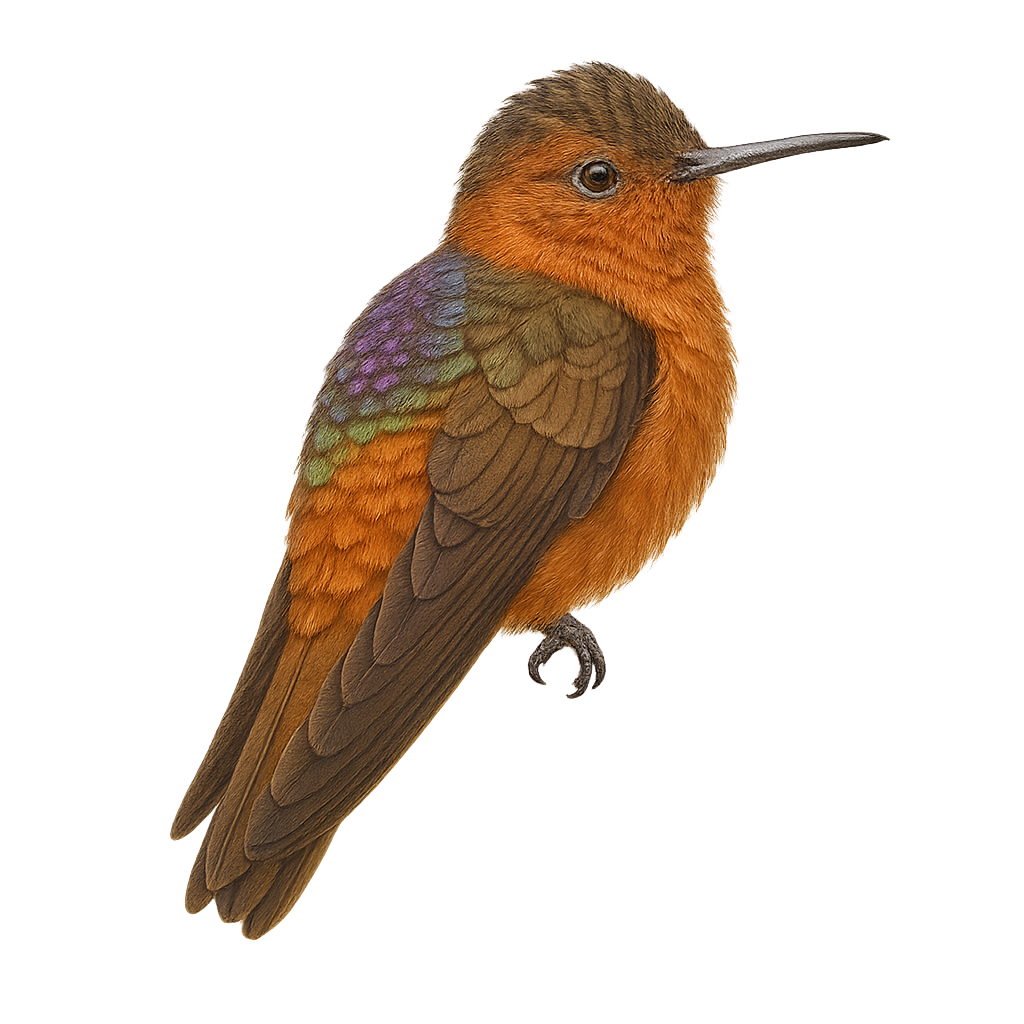Your wildlife photography guide.
Explore the shining sunbeam in detail, study its behavior, prepare your shots.
Where to observe and photograph the shining sunbeam in the wild
Learn where and when to spot the shining sunbeam in the wild, how to identify the species based on distinctive features, and what natural environments it inhabits. The WildlifePhotographer app offers tailored photography tips that reflect the shining sunbeam’s behavior, helping you capture better wildlife images. Explore the full species profile for key information including description, habitat, active periods, and approach techniques.
Shining Sunbeam
Scientific name: Aglaeactis cupripennis

IUCN Status: Least Concern
Family: TROCHILIDAE
Group: Birds
Sensitivity to human approach: Suspicious
Minimum approach distance: 5 m
Courtship display: February to March
Incubation: 16-18 jours
Hatchings: February to April
Habitat:
Humid forests, shrublands, Andes
Activity period :
Primarily active during the day, with peak activity in the morning and late afternoon.
Identification and description:
The Shining Sunbeam, Aglaeactis cupripennis, is a captivating bird from the Trochilidae family. It is primarily found in the Andes, inhabiting humid forests and shrublands at altitudes ranging from 1800 to 3200 meters. This hummingbird is notable for its coppery-winged sheen and brownish plumage, which help it blend into its surroundings. It primarily feeds on nectar, using its long, slender bill, but also consumes small insects to supplement its diet. Although generally suspicious in behavior, it can occasionally be tolerant of discreet observers.
Recommended lens:
400 mm – adjust based on distance, desired framing (portrait or habitat), and approach conditions.
Photography tips:
To photograph the Shining Sunbeam, it is advisable to use a 400mm lens or longer to capture the details of its coppery plumage without disturbing it. Opt for early morning or late afternoon hours when the light is soft to achieve naturally colored shots. Be patient and discreet, as this bird can be suspicious. A tripod can be useful to stabilize your camera and avoid motion blur.
The WildlifePhotographer App is coming soon!
Be the first to explore the best nature spots, track rutting seasons, log your observations, and observe more wildlife.
Already 1 439 wildlife lovers subscribed worldwide

